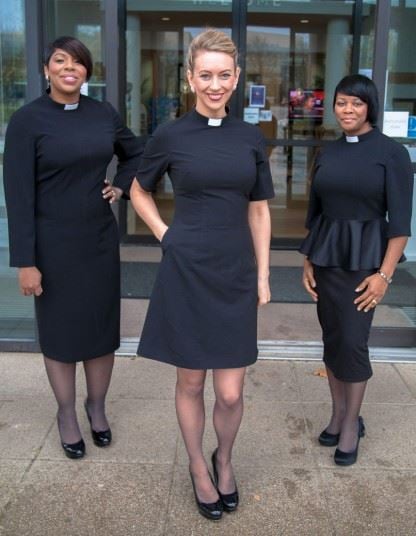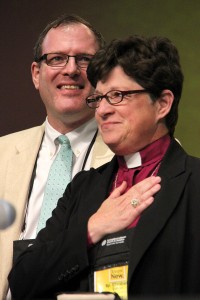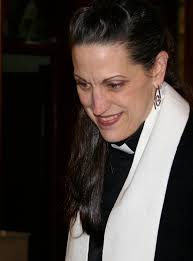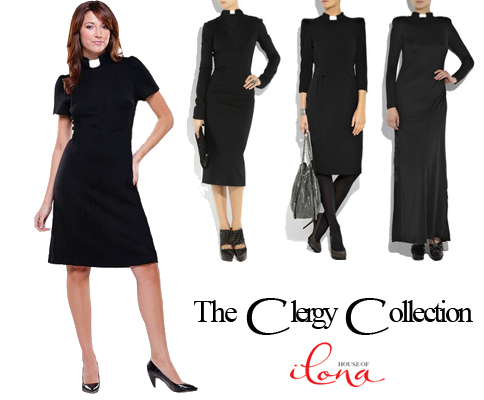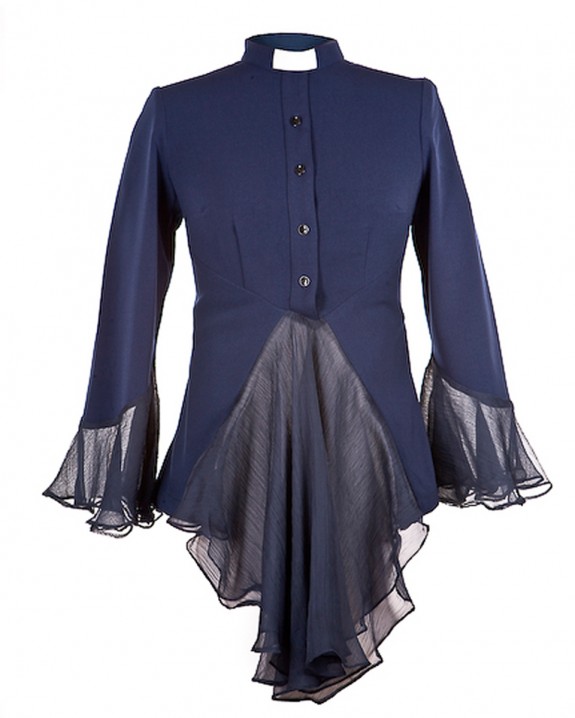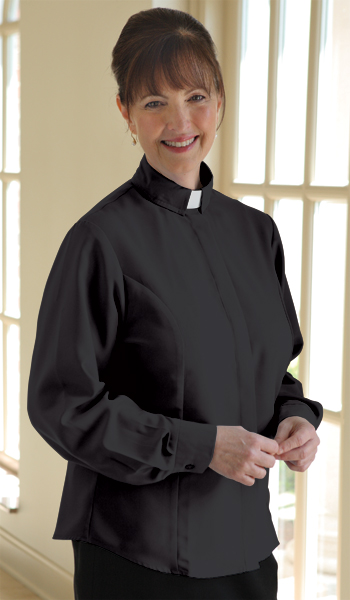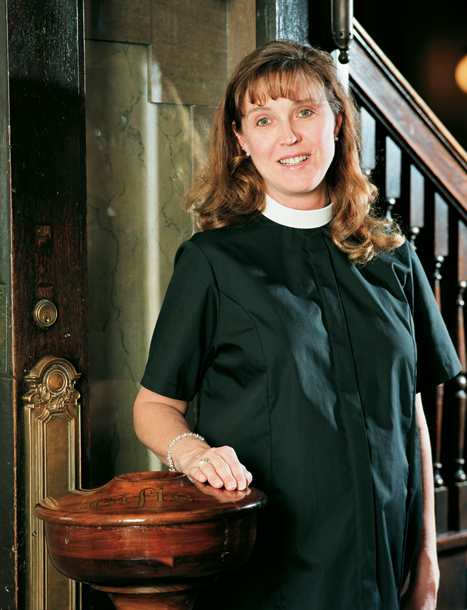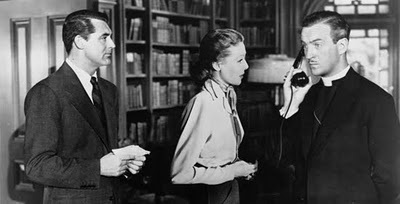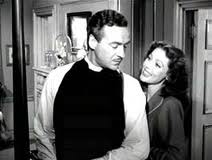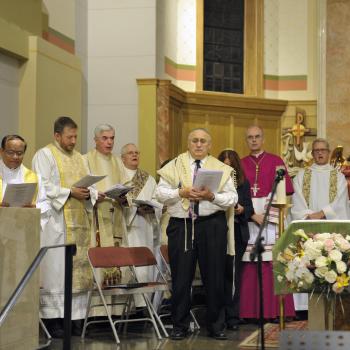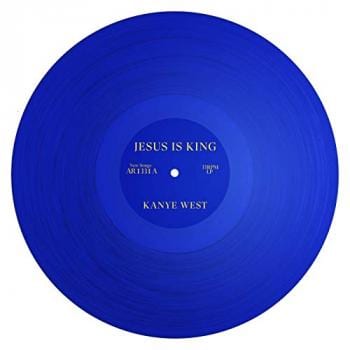Over the past few days, some readers have asked me what I thought of this image, showing a new clothing line for women ministers in England.
Some of the response around Facebook has been brutal, with a few commentators calling it “heretical,” “scandalous” and “blasphemous.”
I gather the source of scandal is the notion of a woman wearing a clerical collar (rather than the concept of her wearing a tasteful black dress to go with it.)
Well, this isn’t really anything new. A lot of Protestant ministers, some of them women, wear the classic “tab” collar. They’ve been doing it for years.
It’s becoming so common, in fact, that most suppliers of clergy apparel now cater to both men and women.
This led me on a fascinating Google search I never thought I’d undertake: “Clergy shirts for women.”
The House of Ilona website also offers something decidedly more frilly, if you want that sort of thing.
Some places, like the site “Women of Spirit,” cater exclusively to female ministers.
For those who need them, they also offer clergy maternity blouses.
My exploration also took me to one web site called “Beauty Tips for Ministers,” by Rev. Victoria Weinstein (who calls herself PeaceBang), wherein she notes:
This is the gospel of Beauty Tips For Ministers: if clergypeople believe that religious life is vital, relevant and beautiful, they should look the part. PeaceBang is fond of saying that if we do not project an image intentionally, we will project one unconconsciously. She believes that God has made a good gift in you, and you don’t bring an unwrapped gift to God’s party.
This blog is for the encouragement of self-care, the sharing of tips, and the celebration of shoes, lip gloss, fragranced shaving cream, and all of the other accoutrements of vanity which have hitherto been considered wholly unholy, and therefore generally discussed only in hushed whispers among the servants of the LORD.
In this space, we are free to remember that although we work from our hearts and our souls, we are also incarnate beings, and that our appearance does matter.
I’m assuming she’s targeting her website to women. But who am I to judge?
People who are upset about that image at the top of this post are falling prey to a manufactured outrage that isn’t really all that outrageous—and the issue is older than some realize. The simple fact is: it’s not uncommon for non-Catholic ministers to dress like Catholic clergy. It’s just that now, a growing number of those ministers are women.
Lest we forget: nearly 70 years ago, David Niven was depicted as an Episcopal bishop with both the tab collar and—spoiler alert— a wife.
It’s also worth noting that the clerical collar itself is a relatively modern invention. In fact, its roots aren’t even Catholic. Wikipedia points out:
According to the Church of England’s Enquiry Centre (citing the Glasgow Herald of December 6, 1894), the detachable clerical collar was invented by the Rev Donald Mcleod, a Church of Scotland (Presbyterian) minister in Glasgow.
By 1840, Anglican clergy developed a sense of separation between themselves and the secular world. One outward symbol of this was the adoption of distinctive clerical dress.This had started with the black coat and white necktie which had been worn for some decades. By the 1880s this had been transmuted into the clerical collar, which was worn almost constantly by the majority of clergy for the rest of the period.
The Reverend Henry McCloud stated that the collar “was nothing else than the shirt collar turned down over the cleric’s everyday common dress in compliance with a fashion that began toward the end of the sixteenth century. For when the laity began to turn down their collars, the clergy also took up the mode.”
In the Reformed tradition, which stresses preaching as a central concern, pastors often donned preaching tabs, which projected from their clerical collar.
Invented in the Presbyterian Church, the clerical collar was adopted by other Christian denominations, including Anglican Church, Methodist churches, Eastern Orthodox Church, Baptist churches, Lutheran churches, and the Roman Catholic Church.In 1967, the Roman Catholic Church adopted the clerical collar after the cassock became less popular among priests following the Second Vatican Council.
You can read more about clergy attire and its history here.

